Sinan Onur Altinuc
Sequence Models for Drone vs Bird Classification
Jul 21, 2022

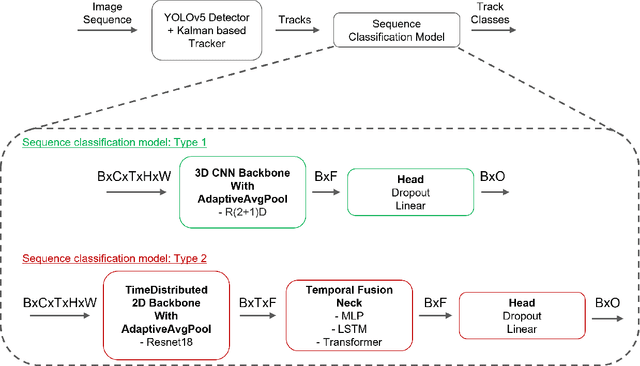

Abstract:Drone detection has become an essential task in object detection as drone costs have decreased and drone technology has improved. It is, however, difficult to detect distant drones when there is weak contrast, long range, and low visibility. In this work, we propose several sequence classification architectures to reduce the detected false-positive ratio of drone tracks. Moreover, we propose a new drone vs. bird sequence classification dataset to train and evaluate the proposed architectures. 3D CNN, LSTM, and Transformer based sequence classification architectures have been trained on the proposed dataset to show the effectiveness of the proposed idea. As experiments show, using sequence information, bird classification and overall F1 scores can be increased by up to 73% and 35%, respectively. Among all sequence classification models, R(2+1)D-based fully convolutional model yields the best transfer learning and fine-tuning results.
Slicing Aided Hyper Inference and Fine-tuning for Small Object Detection
Feb 15, 2022



Abstract:Detection of small objects and objects far away in the scene is a major challenge in surveillance applications. Such objects are represented by small number of pixels in the image and lack sufficient details, making them difficult to detect using conventional detectors. In this work, an open-source framework called Slicing Aided Hyper Inference (SAHI) is proposed that provides a generic slicing aided inference and fine-tuning pipeline for small object detection. The proposed technique is generic in the sense that it can be applied on top of any available object detector without any fine-tuning. Experimental evaluations, using object detection baselines on the Visdrone and xView aerial object detection datasets show that the proposed inference method can increase object detection AP by 6.8%, 5.1% and 5.3% for FCOS, VFNet and TOOD detectors, respectively. Moreover, the detection accuracy can be further increased with a slicing aided fine-tuning, resulting in a cumulative increase of 12.7%, 13.4% and 14.5% AP in the same order. Proposed technique has been integrated with Detectron2, MMDetection and YOLOv5 models and it is publicly available at https://github.com/obss/sahi.git .
Track Boosting and Synthetic Data Aided Drone Detection
Dec 01, 2021

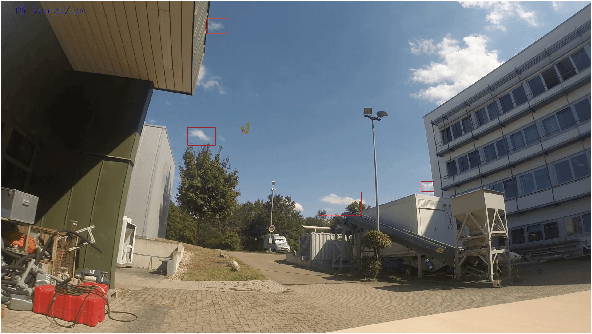
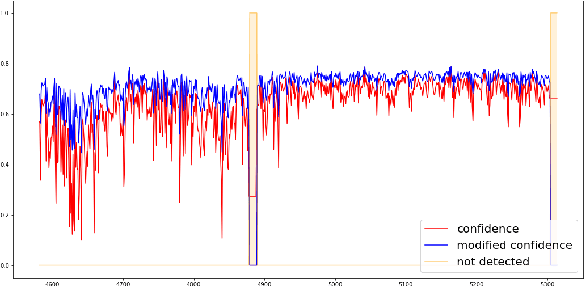
Abstract:This is the paper for the first place winning solution of the Drone vs. Bird Challenge, organized by AVSS 2021. As the usage of drones increases with lowered costs and improved drone technology, drone detection emerges as a vital object detection task. However, detecting distant drones under unfavorable conditions, namely weak contrast, long-range, low visibility, requires effective algorithms. Our method approaches the drone detection problem by fine-tuning a YOLOv5 model with real and synthetically generated data using a Kalman-based object tracker to boost detection confidence. Our results indicate that augmenting the real data with an optimal subset of synthetic data can increase the performance. Moreover, temporal information gathered by object tracking methods can increase performance further.
Automated question generation and question answering from Turkish texts using text-to-text transformers
Nov 21, 2021
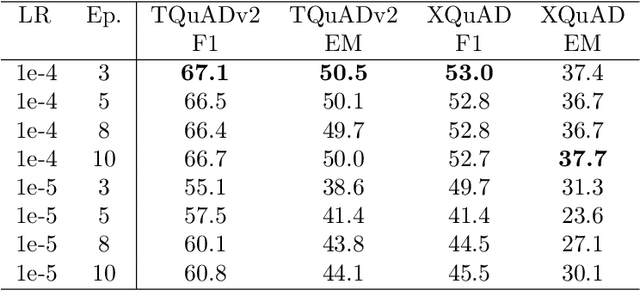

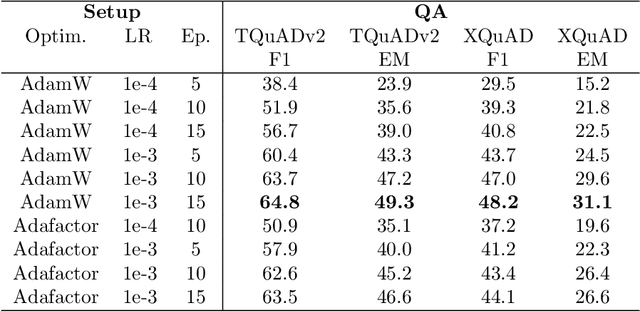
Abstract:While exam-style questions are a fundamental educational tool serving a variety of purposes, manual construction of questions is a complex process that requires training, experience and resources. To reduce the expenses associated with the manual construction of questions and to satisfy the need for a continuous supply of new questions, automatic question generation (QG) techniques can be utilized. However, compared to automatic question answering (QA), QG is a more challenging task. In this work, we fine-tune a multilingual T5 (mT5) transformer in a multi-task setting for QA, QG and answer extraction tasks using a Turkish QA dataset. To the best of our knowledge, this is the first academic work that attempts to perform automated text-to-text question generation from Turkish texts. Evaluation results show that the proposed multi-task setting achieves state-of-the-art Turkish question answering and question generation performance over TQuADv1, TQuADv2 datasets and XQuAD Turkish split. The source code and pre-trained models are available at https://github.com/obss/turkish-question-generation.
 Add to Chrome
Add to Chrome Add to Firefox
Add to Firefox Add to Edge
Add to Edge